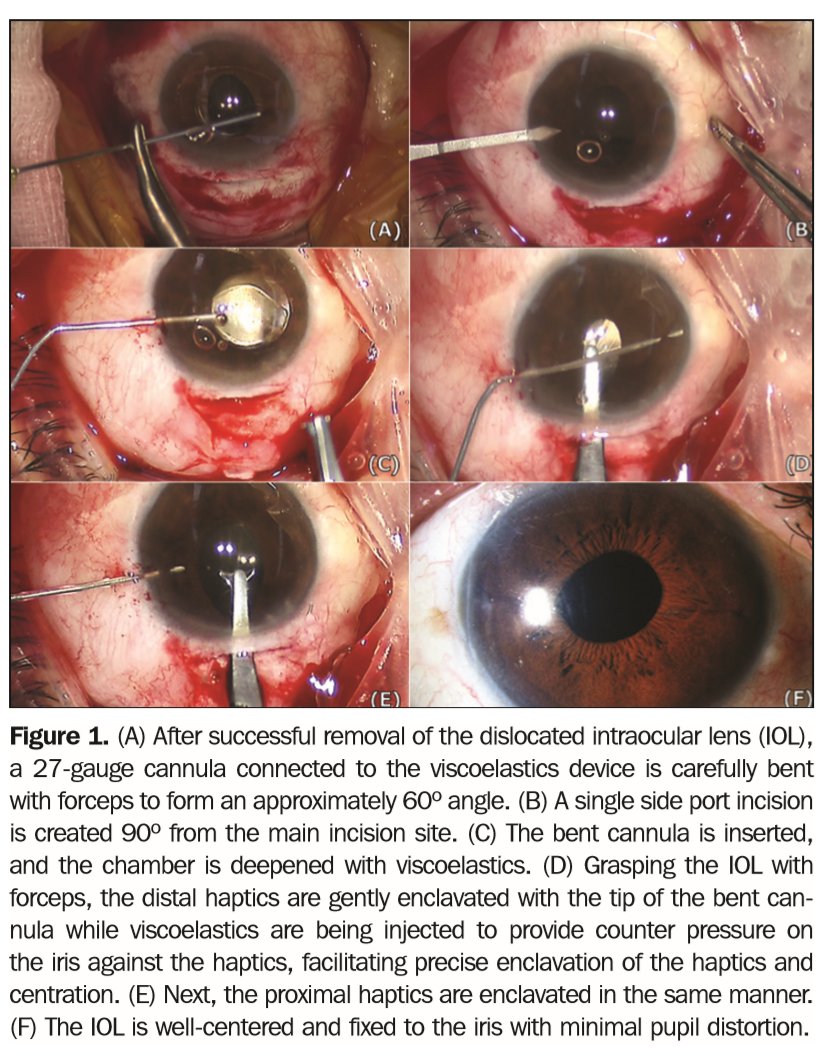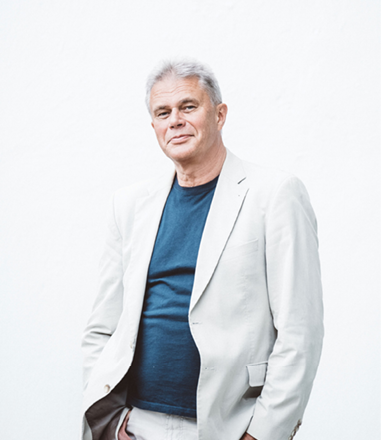Why ophthalmology?
I have always been fascinated by the intricacy and complexity of the human eye and how it all works to create a dynamic visual system. I fell in love with ophthalmology during clinical rotations in medical school after observing the clinical interactions with patients in the office-based practice, while also providing the necessary surgical interventions when required. This combination of medical and surgical treatment, while challenging, enables comprehensive care and this was something that especially appealed to me. I subspecialize in intraocular oncology and uveal/vitreoretinal diseases, both as a medical specialist and surgeon, which is a very demanding subspecialty that requires strong knowledge of all the body’s organ systems.
Can you tell about Severance Hospital?
I am always deeply honored to be a part of Severance Hospital and a faculty member of the ophthalmology department at Yonsei University. Severance Hospital was founded under royal approval as the first Western-style hospital in 1885 by an American doctor and medical missionary, Horace N. Allen.
Over the next 135 years, both the hospital and the affiliated Yonsei University have advanced tremendously, in line with South Korea’s own dramatic socioeconomic development.
One particularly admirable aspect is that the university hospital, without any private owners or backers, can offer and sustain excellence through the hard diligent work of all its staff and medical professors, who all share a passion for patient care and basic and translational research.
The ophthalmology department of Yonsei University has over 25 board-certified faculty members, 15 clinical fellows, and 26 resident ophthalmologists-in-training spread over 5 affiliated hospitals including Severance Eye Hospital. The range of subspecialties is broad and comprehensive, and as such, patients can expect to receive cutting-edge treatment including possibly enrolling in clinical trials and participating in our research.
Why use Artisan Aphakia?
The Artisan Aphakia IOL is very useful in managing cases with dislocated IOLs, eyes with phakic crystalline dislocations from complete zonular dehiscence or rupture of the posterior capsule, or in aphakic eyes. The Artisan Aphakia IOL is a suture-less, posterior iris-fixated, polymethyl methacrylate IOL that has gained widespread recognition and expanding use because of its efficiency in managing the aforementioned cases, with long-term intraocular safety and excellent sustained visual outcomes. IOL dislocations are particularly the source of significant patient discomfort and burden due to its related costs and difficulties of already having undergone cataract surgery.
Once the learning curve is over, I have found that the Artisan Aphakia implanting can be done very quickly, inciting very minimal pain for the patient, with nearly no complications. Because the Artisan Aphakia IOL does not require the use of any sutures, the patients do not need to worry about potential suture related complications, such as suture associated infectious endophthalmitis and suture breakage leading to re-dislocation of the IOL. Furthermore, because the Artisan Aphakia IOL is placed behind the iris plane, this obviates the potential corneal endothelial decompensation. As such, the retropupillary Artisan Aphakia IOL is now my go-to IOL for those aforementioned cases as long as there are no severe iris defects.
What are the advantages of the Artisan IOL compared with scleral sutured IOLs?
I’ve found that the Artisan Aphakia delivers excellent vision both in the immediate post-op and long term, with minimal risk for endothelial decompensation, quick surgery times, and low risk for dis-enclavation compared to scleral-sutured IOLs. For scleral-sutured IOLs, there is always the risk for not only suture breakage over time, but deformation of the haptics leading to a tilted optic plane. Suture related infection could also be a vision-threatening problem.
Can you describe your enclavation technique?
This modified technique is simple to learn and has many advantages over the conventional method. The cannula of the viscoelastic device (OVD), which we bend at an approximately 60-degree angle from around 13 mm from the tip, is inserted across the horizontal axis to enclavate both haptics of the Artisan Aphakia IOL serially. The advantage of this technique is that there is no need to change hands (which is not only awkward but may risk the Artisan Aphakia IOL being dropped into the vitreous cavity) and viscoelastic can be simultaneously injected to create work-space, reveal the contour of the IOL haptics behind the iris (improving visualization: no need to blindly enclavate the IOL) as the viscoelastics provide counter traction and pushes the iris down against the haptics. Simultaneous injection of OVD while enclavating the haptics also helps maintain the anterior chamber and prevent unwanted chamber collapse. Overall, this modified technique facilitates easy and precise enclavation, with improved centration.
 (source: J. Refract Surg. 2018 Aug 1:34|(8): 564-566)
(source: J. Refract Surg. 2018 Aug 1:34|(8): 564-566)
Would a (possible) foldable Artisan Aphakia lens cannibalize the current version?
A folding version may be advantageous in those eyes without the need to remove a dislocated IOL, as the large 5.5 mm scleral tunnel incision may not be needed at all. However, the IOL would still need to be rigid enough to enable easy enclavation. I believe it may depend on the ease of use and long-term stability outcomes for the foldable version. In essence, the foldable lens may cannibalize the current version as the target cases overlap significantly. A method for easier removal may be helpful in cases with poor initial enclavation.
- A video showing Prof. Kim Min's implantation techniques can be seen here.
- This interview has also been published in Ophtec's magazine OphTheRecord (edition 2020 - 2021)




